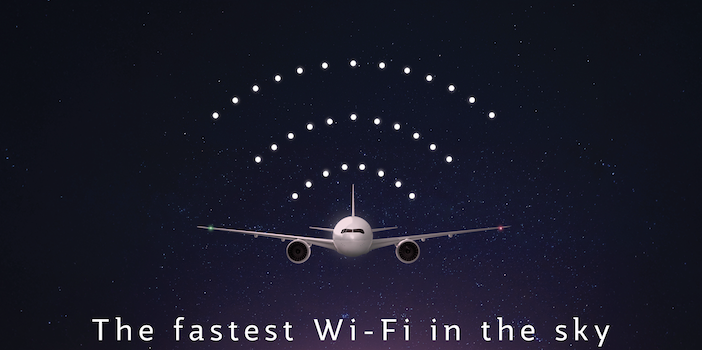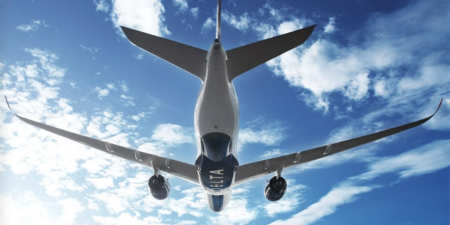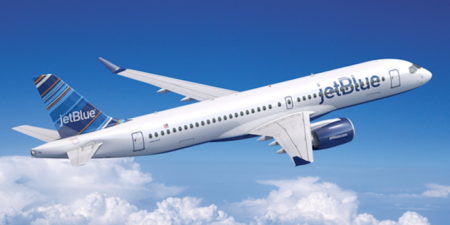The in-flight connectivity (IFC) industry is undergoing a major transformation, largely fuelled by Starlink. The low Earth orbit (LEO) satellite operator is shaking up the market with a high-performance IFC service, a fundamentally distinct go-to-market strategy, and powerful brand presence.
When Starlink first entered the market, many airlines were hesitant to gamble on it. It was the first high-bandwidth LEO satcom product on the market, and while the technology was clearly promising, few major airlines wanted to make the first move. Recent wins with major airlines, however, have completely changed the landscape. United Airlines, Qatar Airways, WestJet, and Air France are significant victories, and Starlink now has all the momentum in the industry.
Since bringing its first aircraft online in late 2022, Starlink has swiftly secured contracts for more than 2,000 commercial aircraft. Its success is snowballing as airline confidence grows. In 2025 alone, Starlink has added SAS Scandinavian Airlines to its customer base and, according to reports, is expected to announce Emirates as its newest customer very soon. Starlink will not be slow to connect this backlog of contracted aircraft either, with the company planning to rapidly install its solution for its new customers.
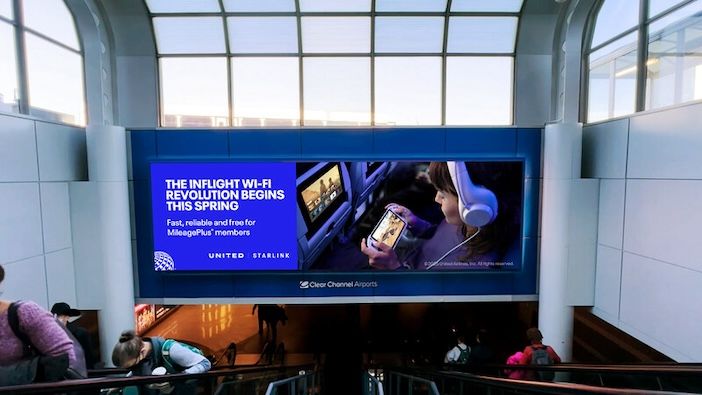
Starlink’s success in beating rival LEO networks to market has given the satellite operator a huge opportunity to take advantage of a vast addressable market of aircraft. Its winning formula has been powered by the excellent performance of its network onboard the more than 100 commercial aircraft it has been installed on so far. The performance of the network has so far been extremely impressive, bringing a genuinely excellent service to passengers.
Furthermore, Starlink’s ability to enable the rapid installation and deployment of its product has been a huge strength for the company. The antenna can be installed in 8-10 hours – far quicker than industry norms – and the satellite operator is ahead of schedule with many of its fleet-wide deployments such as for United Airlines and Qatar Airways.
Starlink is also expanding its certification status rapidly at just the right time, which will fill current and potential customers with confidence. Just a few months into 2025, and STCs have been achieved on the Boeing 737-800, Airbus A220, and the Embraer E175. The A220 was activated on AirBaltic in February 2025. Other popular variants (like the A320) are expected later in the year.
Competition is coming, as multi-orbit services (powered by Eutelsat OneWeb’s LEO rival LEO network) are brought to make from established service providers like Intelsat and Panasonic Avionics, as well as new market entrant, Hughes Network Systems (which won a big contract to roll its solution out across hundreds of aircraft). Intelsat’s multi-orbit service is now up and running – initially launched on Air Canada – while Panasonic Avionics and Hughes Network Systems are expected to follow later this year.
There will certainly be a role in the market for multi-orbit services, particularly for airlines which operate routes that Starlink may find difficult to serve because of regulatory challenges. Starlink’s service also typically comes with a premium price tag that not all airlines will be able to afford. However, there is no doubt that Starlink has captured huge momentum and looks set to gain a very strong position in the market over the coming years.
All in all, Starlink has brought to market a high-quality IFC service that airlines and business jet fleet operators are glowing with praise for. As such, Valour Consultancy anticipates Starlink will acquire a 39% market share (more than 7,000 aircraft) of the commercial aviation market by 2034. Its growth in the business aviation market will be more gradual, due to a focus on larger aircraft and the highly fragmented nature of the market, however the vendor is still forecast to serve more than 3,000 private jets by 2034.
Valour Consultancy provider of market intelligence and consultancy services. Its latest study, ‘Starlink Aviation Deep Dive – 2025‘, was developed with input from a wide-range of industry stakeholders including satellite operators, IFC service providers, in-flight digital technology specialists, MRO companies, airframers, and airlines.
